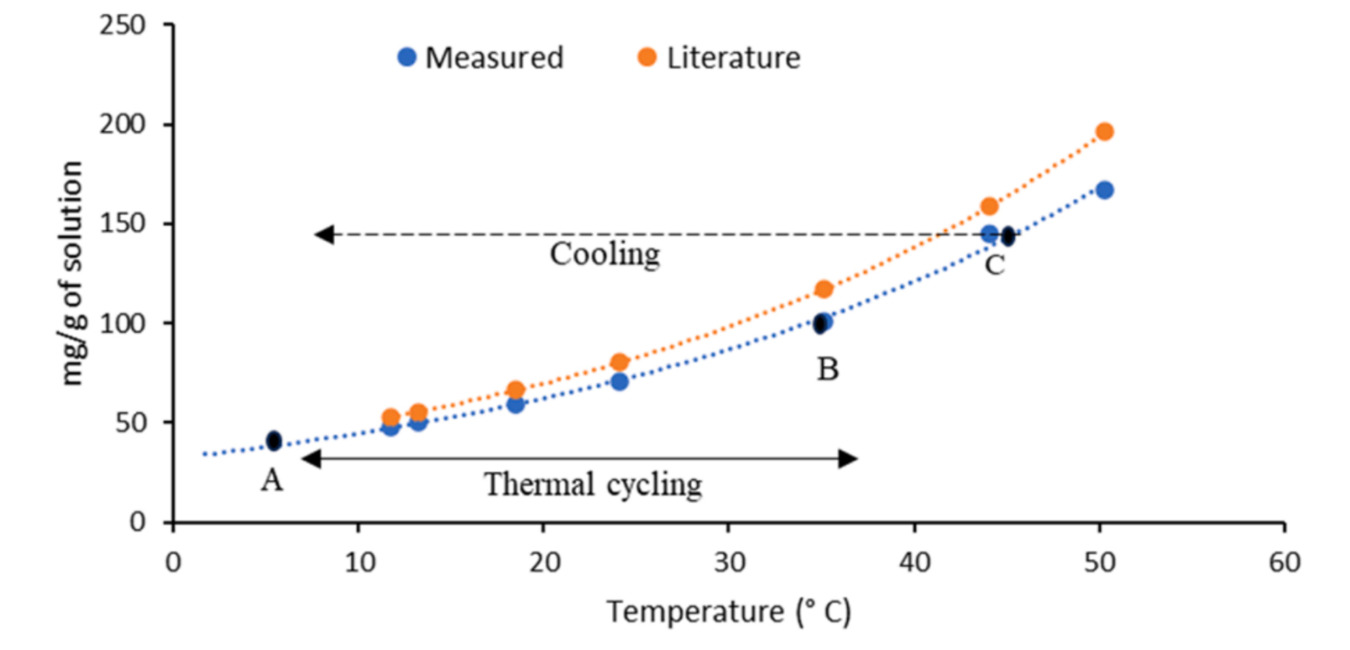Automation with the Crystal16 and Crystalline instruments
We are thrilled to spotlight a recent study done by a research team at Eli Lilly and titled Use of automation, dynamic image analysis, and process analytical technologies to enable data rich particle engineering efforts at the Drug Substance / Drug Product interface: A case study using Lovastatin.
The study showcases the innovative use of the Crystal16 and Crystalline instruments in automation to reduce development time in the pharmaceutical industry, both for drug substance (DS) and drug product (DP).
Automation significantly reduces development time in pharmaceutical crystallization, enhancing solubility, kinetics, and solid form characterization. This study aimed to develop an automated milling platform integrated with a crystallizer to produce lovastatin with tailored particle properties, using a combination of automation, dynamic image analysis, and process analytical technologies (PATs). The primary goal was to manipulate particle size and morphology to improve flow properties and other relevant physical characteristics.
Experiment Procedure
Lovastatin was chosen as the model system for demonstrating the on-demand milling capabilities. The solubility of the lovastatin sample was determined by the polythermal technique using Crystal16, leveraging laser-based turbidity measurements. The Crystalline system enabled small-scale trials with programmable temperature profiles, turbidity measurement, and in-situ imaging, essential for pre-evaluating milling and thermal cycling effects. The Crystalline provided detailed control and observation of crystallization dynamics, crucial for optimizing the automated milling and crystallization processes. Milling automation was enabled on a customized set-up with continuous monitoring via calibrated PATs and process sensors to produce lovastatin lots with varying physical properties via particle engineering.

Figure: Measured solubility of lovastatin using polythermal process at heating rate of 0.1 ºC/min, comparison with Literature (Sun and Wang, 2008). Points A and B are the lower and upper bounds of temperature during thermal cycling. Point C represents the starting saturation temperature used in this study.
Results
The study revealed that milling speed and duration significantly impacted the particle size distribution (PSD), with higher speeds more effectively reducing particle size and decreasing the aspect ratio, resulting in more equant particles. Thermal cycling alone transitioned needle-shaped crystals to a rod-like morphology by promoting growth along both axes. Milling followed by thermal cycling produced larger, rougher particles due to lateral fusion, while thermal cycling followed by milling resulted in smaller, smoother, and more equant particles with high bulk and tap densities but poor flow properties. Flow function coefficient (FFC) positively correlated with the d10 quantile of PSD, indicating that fewer fines improved flowability, and Hausner ratio (HR) inversely correlated with FFC, confirming that lower HR corresponded to better flow properties. Principal Component Analysis (PCA) revealed strong correlations between particle size, aspect ratio, specific surface area, and flow properties, identifying the d10 quantile and FFC as critical descriptors for predicting flowability.

Figure: Offline microscopic images of lovastatin crystals during crystal engineering attempt at 5 mL scale. (A) post crystallization (B) post two min sonication (C) post five thermal cycles.
Conclusion
An automated milling platform integrated with a crystallizer was developed. The study demonstrated that using the Crystalline and Crystal16 systems effectively engineered lovastatin particles with tailored properties. The combination of milling and thermal cycling, enabled precise control over particle size and morphology, leading to improved flow characteristics. The on-demand milling platform combined with data rich trials using PAT is estimated to accelerate process development for particle engineering and reduce the drug substance delivery time to drug product team.
References
The research paper discussed above was authored by the following research team at Eli Lilly: Shailesh Agrawal, Saurin H. Rawal, Venkata Ramana Reddy, Jeremy M. Merritt.
The full paper is published here: https://www.sciencedirect.com/science/article/abs/pii/S026387622400234X
Curious to learn more?
See what the Crystal16 and Crystalline instruments can do for your solid-state, formulation and process development studies.